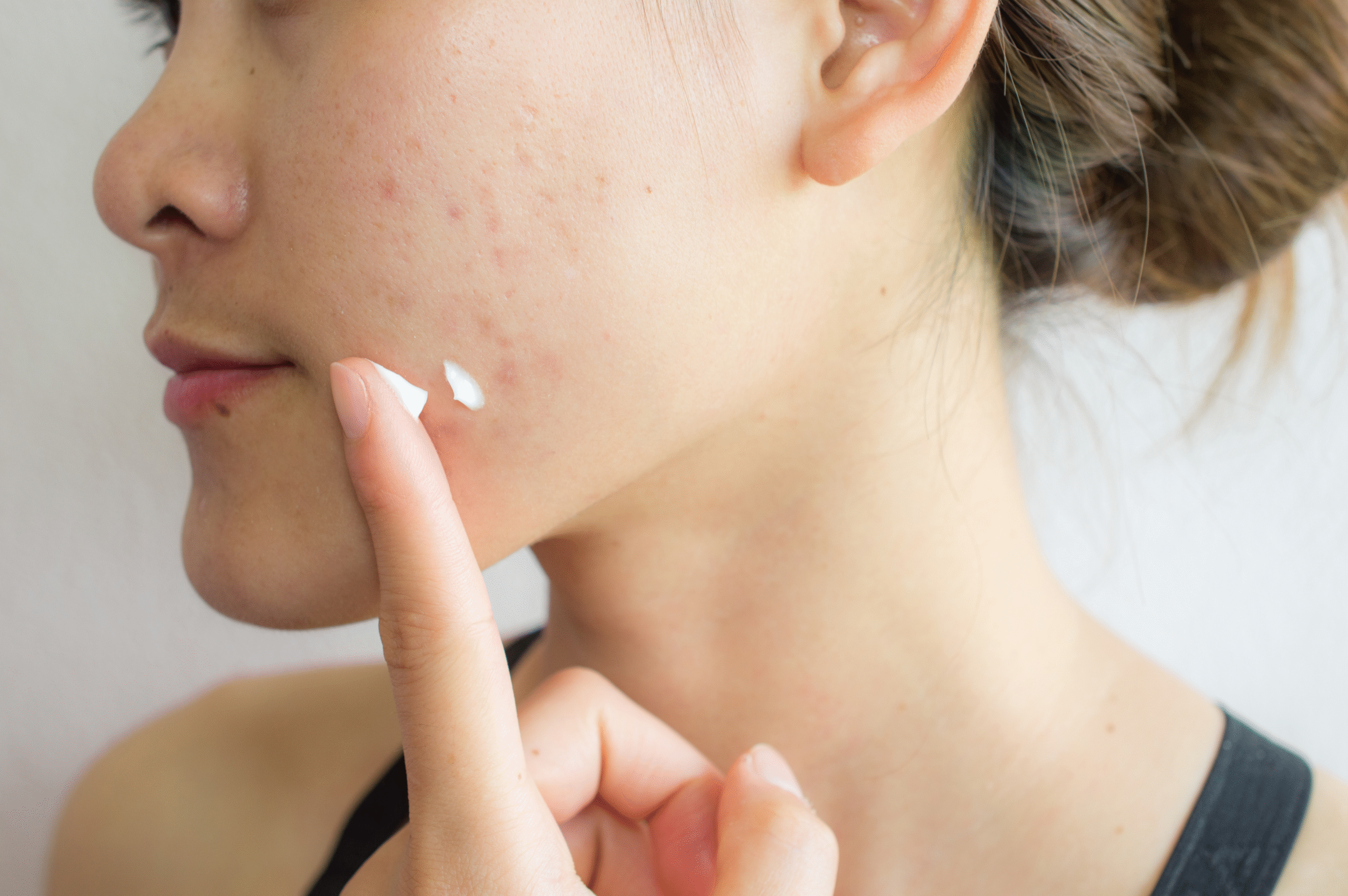
Dentistry Treatments for Cavities and Gum Disease
September 26, 2025
Dermatology Care for Acne and Pimple Scars: A Complete Guide
September 26, 2025
Skin rashes are one of the most common reasons people visit a doctor. While some rashes may appear suddenly and fade away on their own, others can linger, worsen, or cause discomfort that affects your daily life. Many people struggle with the question: when should I see a dermatologist for a skin rash, and when can I manage it at home?
This article explains how to recognize the difference, what causes rashes, when medical attention is needed, and how a dermatologist can help.
Understanding Skin Rashes
A rash is any change in the skin’s appearance that makes it red, irritated, inflamed, or bumpy. Rashes can occur on a small area or spread over large portions of the body. They can be caused by many different factors such as allergies, infections, autoimmune conditions, or environmental triggers.
Some rashes may be mild and temporary, like irritation from a new detergent, while others may signal a more serious condition like psoriasis or eczema. Because of this wide range, it’s important to pay attention to the details of your rash.
Common Causes of Skin Rashes
Dermatologists diagnose rashes daily, and the causes can vary widely. Some of the most common include:
- Allergic reactions: Exposure to certain foods, skincare products, detergents, or metals like nickel can cause itchy, red rashes.
- Infections: Bacterial, viral, or fungal infections often appear as rashes. Examples include ringworm, shingles, or impetigo.
- Chronic skin conditions: Eczema, psoriasis, and rosacea can cause recurring rashes that require ongoing care.
- Heat and sweat: Hot weather or excessive sweating can lead to heat rashes.
- Medication reactions: Some drugs cause rashes as a side effect, which may appear days or weeks after starting the medication.
- Autoimmune conditions: Disorders like lupus can trigger skin rashes as part of a larger systemic issue.
When You Can Manage a Rash at Home
Not every rash requires a trip to the dermatologist. Mild rashes often improve with home remedies such as:
- Using fragrance-free moisturizers
- Applying over-the-counter hydrocortisone cream
- Taking antihistamines for allergic reactions
- Avoiding irritants like harsh soaps or detergents
- Keeping the skin cool and dry
If your rash is improving within a few days and isn’t spreading or causing major discomfort, you can usually manage it at home.
Signs It’s Time to Visit a Dermatologist
Sometimes a rash signals more than just minor irritation. Knowing when to see a dermatologist is important for your skin health. Here are key signs:
1. The Rash Doesn’t Go Away
If a rash lasts longer than two weeks despite using home remedies, it’s time to consult a dermatologist. Persistent rashes may be linked to conditions like eczema or psoriasis that require medical treatment.
2. The Rash Is Spreading Quickly
A rash that rapidly spreads across your body may be due to an infection or an allergic reaction. These situations need professional evaluation to prevent complications.
3. You Experience Severe Itching or Pain
Mild itching is common, but if the rash is extremely itchy, painful, or burning, a dermatologist can provide prescription-strength creams or medications to bring relief.
4. The Rash Shows Signs of Infection
If your rash is oozing pus, has yellow crusts, or is accompanied by swelling and warmth, you may have a bacterial infection. A dermatologist can prescribe antibiotics if needed.
5. You Have Other Symptoms
Rashes combined with fever, shortness of breath, or joint pain should never be ignored. These could indicate a systemic condition or a severe allergic reaction requiring immediate care.
6. The Rash Keeps Coming Back
Recurring rashes can point to chronic skin diseases or allergic triggers. Dermatologists can help identify the cause and suggest long-term management.
How Dermatologists Diagnose Skin Rashes
When you visit a dermatologist, they don’t just look at the rash — they ask questions about your medical history, lifestyle, diet, and any recent changes in products or medications. In some cases, they may:
- Perform a skin biopsy (removing a small piece of skin for testing)
- Take a blood test to check for autoimmune conditions
- Do a patch test to identify allergic triggers
- Use a dermoscope to examine skin more closely
This process helps them accurately diagnose the cause of your rash and recommend the right treatment.
Treatment Options for Skin Rashes
Depending on the diagnosis, a dermatologist may suggest:
- Topical treatments: Prescription creams or ointments with steroids, antifungals, or antibiotics.
- Oral medications: For more severe rashes caused by allergies, infections, or chronic skin conditions.
- Lifestyle changes: Advice on diet, skincare routines, or stress management if these contribute to flare-ups.
- Advanced therapies: Light therapy or biologic medications for chronic issues like psoriasis or eczema.
Preventing Skin Rashes
While not all rashes are preventable, you can lower your risk by:
- Using fragrance-free, gentle skincare and laundry products
- Keeping your skin moisturized daily
- Wearing loose, breathable clothing in hot weather
- Protecting skin from excessive sun exposure
- Avoiding known allergens and irritants
- Managing stress, as it can worsen skin conditions
Table: At-Home vs. Dermatologist Care for Rashes
| Situation | At-Home Care | See a Dermatologist |
|---|---|---|
| Mild itchiness, redness, or irritation | ✅ Moisturizers, hydrocortisone, antihistamines | ❌ Not needed unless it worsens |
| Rash improves within a week | ✅ Continue gentle care | ❌ |
| Rash lasts over 2 weeks | ❌ | ✅ Yes, medical evaluation needed |
| Severe itching, burning, or pain | ❌ | ✅ Yes |
| Signs of infection (pus, swelling, fever) | ❌ | ✅ Immediate care needed |
| Recurrent or chronic rash | ❌ | ✅ Yes |
Conclusion
Skin rashes are common and often harmless, but they can sometimes point to more serious conditions. The key is to watch how your rash behaves — if it’s mild and short-lived, home care is usually enough. But if it lingers, spreads, becomes painful, or comes with other symptoms, it’s time to seek help.
A dermatologist can provide accurate diagnosis, effective treatment, and long-term relief. Paying attention to your skin’s signals ensures not only comfort but also your overall health.
FAQs About Visiting a Dermatologist for Skin Rashes
1. Can stress cause skin rashes?
Yes, stress can trigger or worsen conditions like eczema, hives, and psoriasis. Managing stress through relaxation techniques can help reduce flare-ups.
2. Should I take pictures of my rash before visiting the dermatologist?
Yes, it’s helpful. Sometimes rashes fade or change before your appointment. Photos allow the dermatologist to see how it looked earlier.
3. Are over-the-counter creams safe for all rashes?
Not always. While mild rashes may respond to OTC creams, some conditions like fungal infections or psoriasis need prescription medications.
4. What happens if I ignore a rash?
Ignoring a rash could make it worse, especially if it’s due to infection or a chronic skin disease. Early treatment usually leads to better outcomes.
5. Can diet changes help with skin rashes?
For some people, yes. Food allergies or sensitivities can trigger rashes. A dermatologist may suggest food testing or dietary adjustments if they suspect a link.
